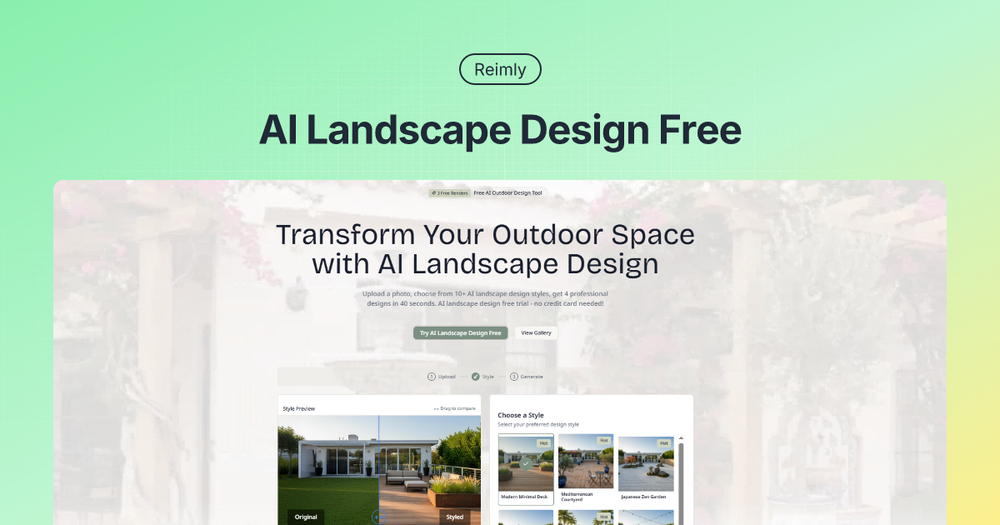Spline is a versatile 3D design tool that allows users to create and publish interactive 3D content directly in their web browsers. It is particularly aimed at designers, architects, and engineers who seek to develop complex 3D models with ease. The platform provides a range of features that facilitate the creation, customization, and integration of 3D elements into various projects.
Key Features
-
User-Friendly Interface:
Spline is noted for its surprisingly low learning curve, especially for users transitioning from 2D design backgrounds. This accessibility makes it an attractive option for newcomers to 3D modeling. -
Real-Time Collaboration:
Users can collaborate in real time, making it suitable for team projects. This feature enhances productivity and creativity, allowing multiple users to work on a project simultaneously. -
Extensive Library of Assets:
The platform includes a library of pre-made 3D models, which can be customized with textures and colors. This feature allows for quick prototyping and iteration. -
AI Integration:
Spline has begun incorporating AI capabilities that enable users to generate objects, animations, and textures using simple prompts. This functionality is still in beta but shows promise for enhancing creative workflows. -
Export Options:
Users can easily export their creations as images or embed them into websites using simple iframe codes. This capability is essential for integrating 3D elements into web projects seamlessly.
Performance and Limitations
While Spline offers many advantages, some users have noted limitations:
-
Rendering Speed:
The speed of style transfer can be slow when dealing with complex designs, which may hinder workflow for more intricate projects. -
Learning Curve for Advanced Features:
Although the basic interface is user-friendly, some advanced features may require additional learning and experimentation to master fully.
Use Cases
Spline is well-suited for various applications:
-
Architectural Visualization:
Architects can create detailed 3D models of their designs, allowing clients to visualize projects before construction begins. -
Graphic Design:
Graphic designers can use Spline to create engaging visualizations that enhance storytelling on websites. -
Interactive Experiences:
Developers can design interactive web experiences that captivate users through dynamic 3D content.
Overview
Overall, Spline stands out as a powerful tool for creating interactive 3D content with a user-friendly approach. Its combination of collaborative features, extensive asset library, and emerging AI capabilities positions it as a valuable resource for designers across various fields. However, potential users should consider its performance limitations when working with complex designs.




